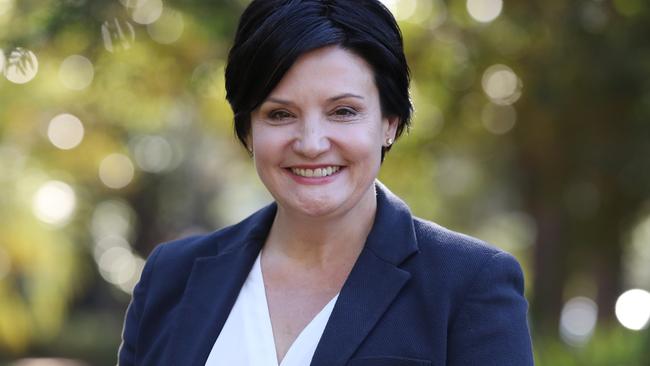
Well, like insurance executive Sam Moreton; the head of corporate at Coca-Cola, Liz McNamara, the founder of an ASX tech firm Adrian Bunter, the director of public policy for AirBnB Brent Thomas and my esteemed colleague Troy Bramston, they all came through Young Labor in the mid to late 1990s.
And none of them are in the state parliament.
As Jodi McKay announces her frontbench NSW team today — with at least some promising new blood in Jo Haylen and Paul Scully promoted but overall an unimpressive lot — Labor types could do worse than reflect on the fact that their head office has failed to get anything like the talent they should have into Macquarie Street.
State parliament is often referred to as “reserve grade” compared to the federal scene in NSW, but state Labor at the moment resembles reserve grade on steroids.
One clear reason for this is the changes Mark Latham, probably the smartest man in NSW parliament, encouraged as federal opposition leader to parliamentary superannuation way back in 2003.
Now people get turfed from parliament without a dime.
They used to get overly-generous pensions which made eschewing big private sector money worthwhile.
It’s like the balance swung from one extreme to the other.
It’s meant that some of the people coming into parliament now are not people in their early 40s who are inspired to lead a state but people who have already made their money and can afford the ego trip — Ron Hoeing, Mike Baird (his house was paid off as a banker), and former $1 million a year barristers Alister Henskens and Mark Speakman.
Add to them a series of plodders, whose blushes I will spare by not naming them.
Latham argues that people should not be in public service for money. This is true, but he was claiming an $80,000 a year parliamentary pension himself until recently and Sydney is an expensive place.
Latham also argues that head office just wanted sheep they could control; this is another problem behind the failure to recruit talent. He has a point there too.
McKay’s big selling point today is the record number of women in her shadow cabinet. This is the affirmative action preselection changes from the early 2000s flowing through and, good for her, but it does seem to have a touch of the Julia Gillard “man in a blue tie” speech about it.
That might work with the inner city latte set but it doesn’t register a beep in the outer suburbs where the Labor votes need to be won back.
It’s also not the most cut-through argument to mount when you have the state’s first popularly elected female premier on the other side.
Head office did try to get former federal minister Jason Clare back to lead “the show” but he wouldn’t do it. But state Labor has just also never really looked like winning since its 2011 nadir — apart from a week here or there from 2016-2019 — so this has not encouraged the talent in either.
By the same token, there were efforts to get the likes of executive Sally Loane and barrister Arthur Moses in on the Liberal side before the last election but Gladys stuck with some of her mediocre regulars instead of taking the opportunity to refresh. The premier missed a big opportunity there.




What do law firm partner Alice de boos; the global head of policy for Visa, Adam Wand, the global head of research for Schroders, Ashley Lester and law firm partner Len McCarthy have in common?